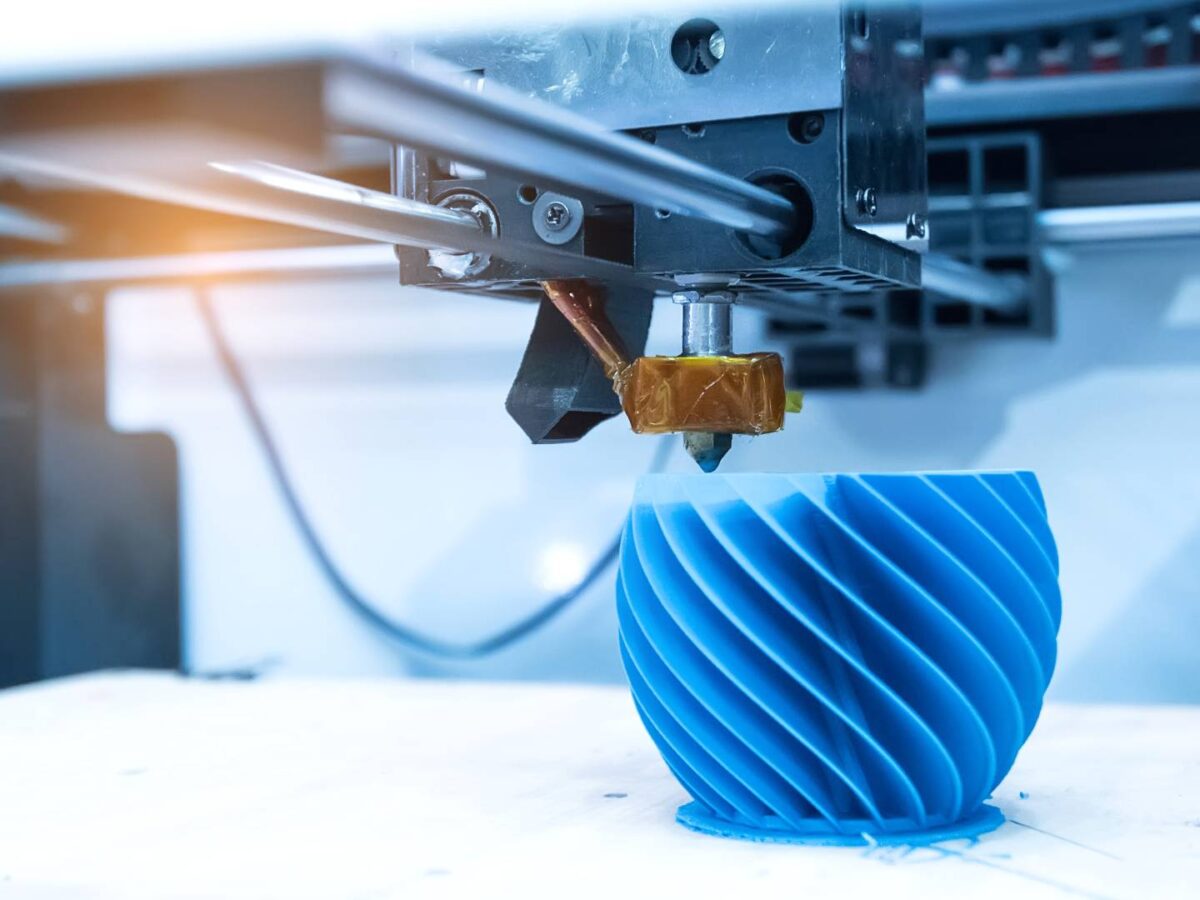I always thought that 3D printing was not as widely spread and used, I thought it had potential but never became an industry changer. However, I was wrong. Its growth has been drastically increasing and its potential applications are huge.
3D printing has now moved well beyond prototyping simple house objects like mugs and toys. It has now enabled the creation of durable goods in moderate to large quantities that are sold to “real” customers. In 2014, 11% of manufacturing companies had switched to volume production of 3D printed parts or products. General electric for example uses 3D printing for home appliance parts or jet engines, the Dutch company LUXeXel uses 3D printing for light-emitting diodes (LEDs) and Invisalign for dental devices. During the pandemic, HP printed crucial elements such as ventilator valves, face mask adjusters or hands-free door handles for hospitals.
This shows that 3D printers could revolutionize a lot of different industries and will soon become a viable alternative to conventional manufacturing. With 3D printing, customization is also facilitated, which is very much appreciated by customers that have a growing tendency to demand particular needs. Sustainability is also a huge topic right now, and 3D printing could also help reach that goal.
3D printing is also become more efficient and able to print with other materials. Today it can print basic plastic, photosensitive resins, ceramics, glass, diverse metals or even cement. Some companies do not switch to 3D printing due to the initial high fixed cost as the machine can be expansive as well as the cost of producing goods. In fact, new methods entails training and a rise in the price of the materials used. However, the benefits they provide are huge: flexibility, lower human need, less timely. This means that in total cost actually ends up being lower. The performance is twice as fast normal manufacturing.
Companies should realize what 3D printing offers and start adjusting their businesses and operations. One thing they should consider are the strategic implication it will have when a whole ecosystem starts to form around 3D printing. Endless partners can be thought of. To allow integration of activities across designers, creators, makers and suppliers, digital platform will have to be created. For instance, they will enable design sharing or play a role in quality control or real time optimization. It will help create standards and providing the setting for the ecosystem to be able to establish itself in the market.
A lot is still yet to discover. Who will be the first mover to revolutionize the use of 3D printing?
Sources:
https://amfg.ai/industrial-applications-of-3d-printing-the-ultimate-guide/
https://www.manufacturingglobal.com/technology/evolution-3d-printing-manufacturing
https://hbr.org/2015/05/the-3-d-printing-revolution


A super interesting topic you’ve written about!
3D printing was and maybe still is considered more as a hobby for technical people, but there is so much promise.
Like you state, it can help in producing much more sustainably by reducing the materials need and thereby also cutting transportation emissions.
What i’m wondering about is what implications this development will have on the secondary sector. Could it be that 3D printing leads to producing more locally, while labor is barely needed for the production? Can 3D printing eventually be competitive against conventional mass production?
I’d like to read what your view is on these questions!